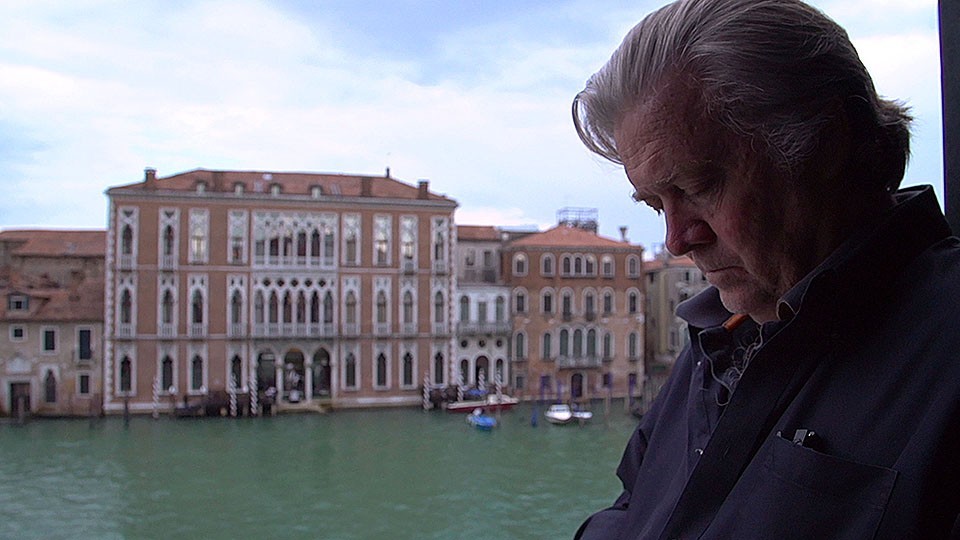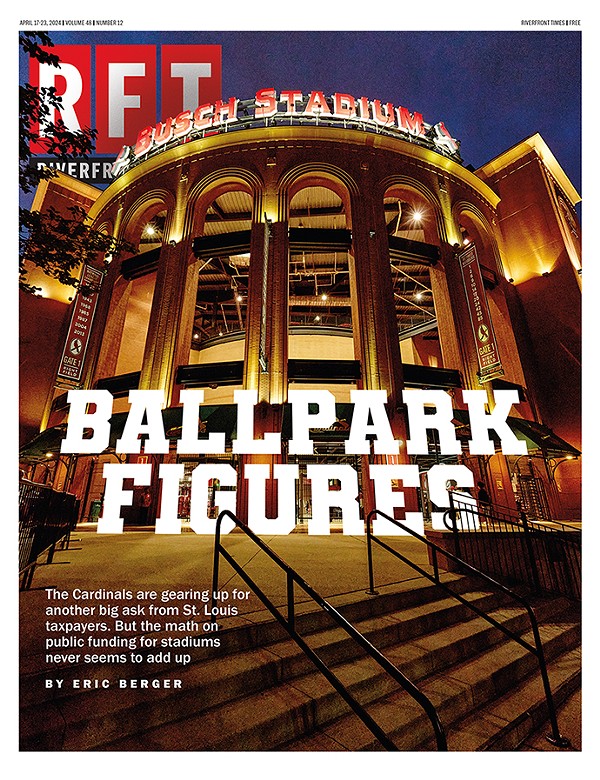If you're looking for a kinder, gentler Steve Bannon, let's just say that The Brink begins with an anecdote in which he expresses a kind of cautious reverence for concentration camps. Crass? Sure, but Bannon has a knowing look in his eye that almost suggests that he's aware he's being extreme, that he's playing up the bad-boy side of his reputation. He's testing his audience, measuring how far he has to go to seem appropriately Bannon-like.
In autumn 2017 Bannon left his position at the White House, in part because of his association with the alt-right movement, whose followers had just paraded through the streets of Charlottesville, Virginia, shouting racist and anti-Semitic slogans. Suddenly a pariah within his own political circle, Bannon lost his financial backing and in early 2018 was fired by Breitbart News, the organization he had largely controlled since 2012.
Other professional windbags might have chosen to lay low or invested in some image polishing, but not Bannon. He threw his weight back into the political arena, first by supporting Roy Moore's U.S. Senate race in Alabama (Moore lost), followed by a world tour promoting his brand of "economic nationalism" (it's supposed to sound more serious when you put a word like "economic" in the front) to Europe's rising far-right parties. Positioning himself as a global strategist — can you be a global nationalist? — he returned to the U.S. in time to lend his name to several campaigns in the 2018 mid-terms (more losses).
For most of this period, Bannon granted filmmaker Alison Klayman almost unlimited access. She recorded his meetings and public appearances, also getting a private audience as he pontificated on the state on America. She not only filmed his encounters with Republican candidates and donors, but what he said about them behind their backs. The Brink offers about as close a look at Bannon as you'll ever want. But is that necessarily a good thing?
The mystery of The Brink is whether Bannon believes the alt-right rhetoric he's selling, or smart enough to know that treating his public image with ironic distance is just another way of demanding attention, letting everyone know that he's the one pulling the strings. Surrounded by junk food and cans of Red Bull, his intimacy with the camera is almost a form of self-parody. There's a veneer of phoniness to it, a kind of contempt, as if pretending to let down the guard of his "Steve Bannon" act is his way of thumbing his nose at the presumably liberal filmmakers. His associates are cautious around the camera and sometimes ask Klayman to leave, but Bannon knows his act — it is just an act, isn't it? — and plays to the lens outrageously. He even draws semi-ironic attention to his own flaws, as when he consults with the filmmaker on the correct pronunciation of the name of a Chinese mogul.
Klayman tries to stem the free flow of Bannon's windiness by stepping outside his inner circle, showing protests against the various nationalist movements and acknowledging the new progressive voices who won elections in November. But it's hard to be sure if their victories are meant to be a sign of triumph or simply a footnote, a distraction from the hateful rhetoric of Bannon and his new European friends.
No matter how much Klayman tries to balance the politics of the film, Bannon knows that for a professional bad boy, there's no such thing as bad publicity. While The Brink gives us a close look at his tactics and ambitions, it's also a potential recruiting tool for the P.T. Barnum of the alt-right.


